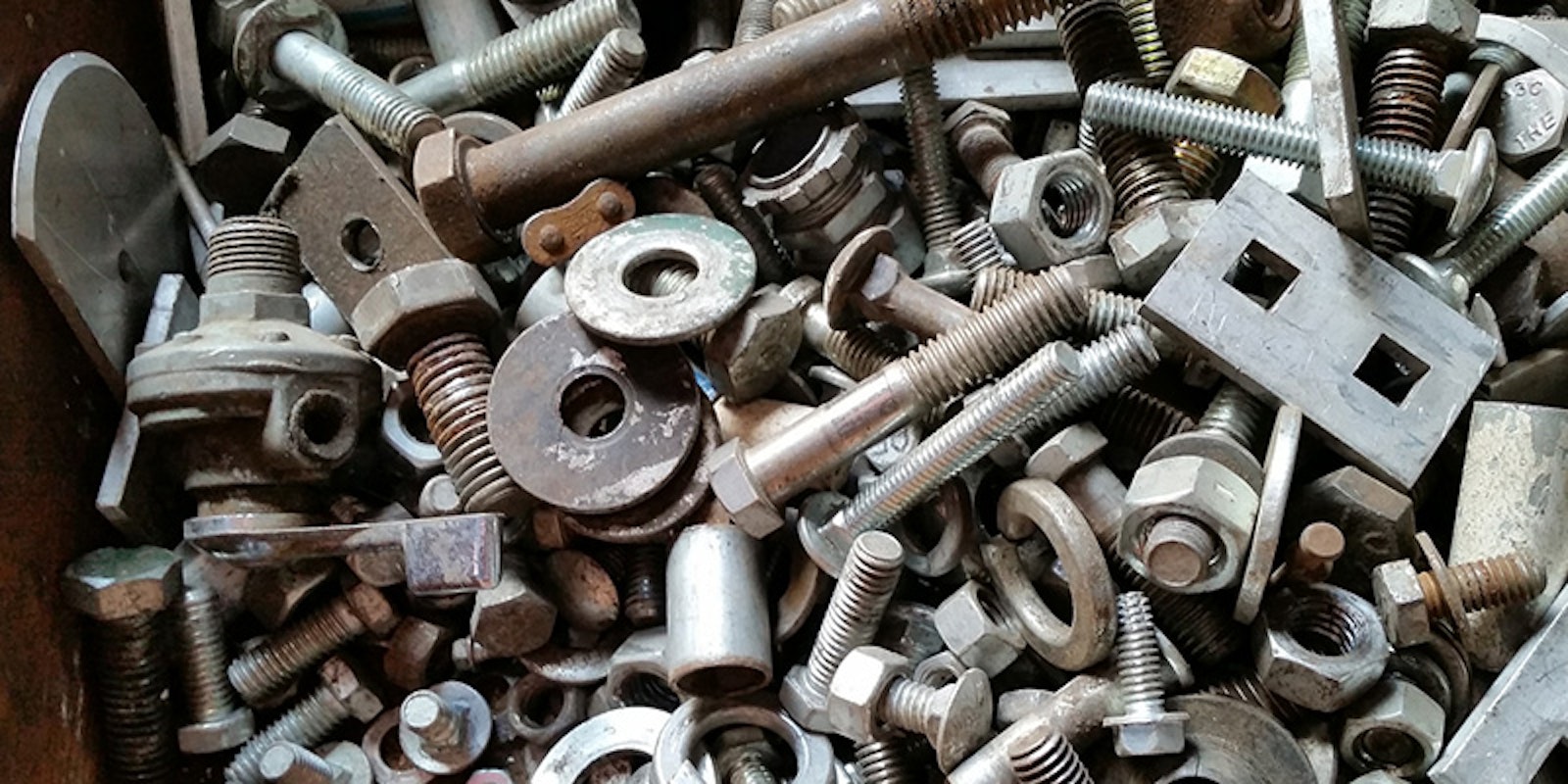Someone told. How else would Tom Knisely know that I occasionally find the odd nut or bolt under my loom and have no idea where it came from? If I can’t find the source, I add it to the little lost-and-found box in my loom bench. Then I wait in anticipation for a joint to get wobbly or a beam to fall off, thereby answering the question of where that nut or bolt came from. I should have rewatched The Loom Owner’s Companion Course a long time ago, because if I had, I would have been reminded of the wisdom of tightening the nuts and bolts on my looms before they fall off, along with a great deal more about weaving loom maintenance.
I can do better. I know I can, and Tom Knisely can help me. After watching the course, I am full of good intentions. With any luck, these good intentions will become good practices. If you are new to weaving or new to owning a loom, I suggest you watch Tom’s video course soon before you adopt any of my bad habits or develop your own bad habits. If you have been weaving for a while, watch it to learn better ways to take care of your looms.
The course isn’t just about taking care of looms, but it is also about looms and weaving equipment in general. If you are wondering which type of shaft loom is the best for you, you will be interested in hearing his discussion about how jack, counterbalance, and countermarch looms work. Want to know which shuttle is the best choice for which project? Tom goes through the advantages of each type in this video.
Tom demonstrates the portability of some looms. Photo credit: Tom Knisely
This course is equipment-oriented but not in a strictly (ahem) nuts and bolts way. It includes tips for getting a wide shed, positioning yourself when threading, interpreting drafts, and taking care of the equipment you love and need in order to continue weaving well.
Do yourself a favor; check out this great course by Tom Knisely. You’ll be glad you did. Believe me, it’s better than finding random small parts under your loom.
Weave well,
Susan


